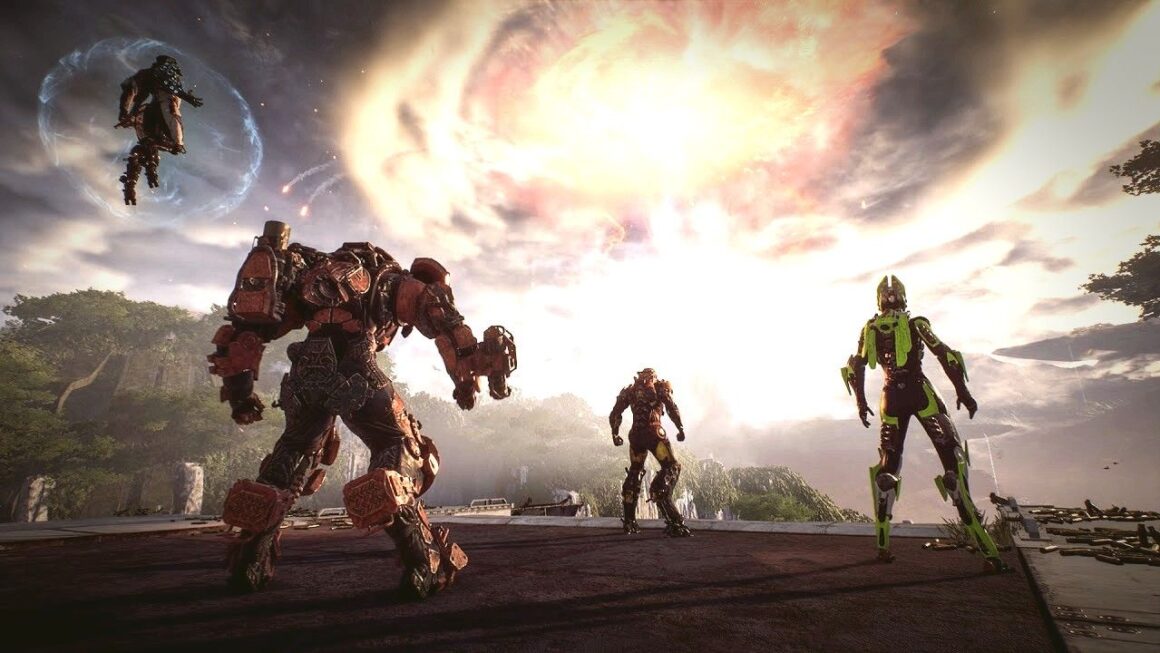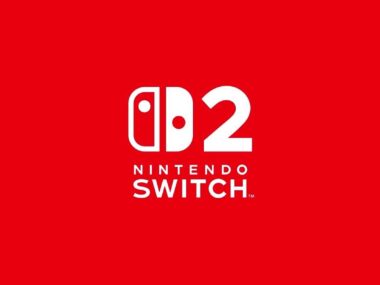BioWare’s live-service shooter Anthem is finally being grounded. On January 12, 2026, EA will shut down its servers, rendering the game unplayable. Come August 2025, it’ll even vanish from subscription services. There will be no layoffs, no overhaul of staff. Just the quiet sunsetting of a game that once promised to be BioWare’s bold leap into the future of online shooters.
For players, it’s another reminder that in the era of live service games, what you pay for today may vanish tomorrow.
“Stop Killing Games” and the Fight for Preservation
The shutdown lands squarely in the middle of the Stop Killing Games movement. It’s a growing protest against publishers bricking titles once servers are pulled. Players argue it’s unfair. Why should something you paid for evaporate just because the studio doesn’t see a future in it?
Anthem isn’t the first, and it won’t be the last. Its closure raises a thornier question. Should we accept worse performance or lower fidelity just so games like this never die?
The Producer’s Dilemma
Mark Darrah, Anthem’s former executive producer, admits the shutdown was inevitable. In fact, he’s surprised the game lasted this long. He also points out an alternative: if Anthem had been built more like Destiny 2, using peer-to-peer connections rather than central servers, it wouldn’t need to die at all.
The catch is that design would have made Anthem uglier, laggier, and clunkier moment to moment. In short, a game that’s no fun to play, but easier to preserve.
Darrah compares it to environmental regulation. Society often accepts costs to prevent harm, companies paying to dispose of waste properly, for example. Should gaming adopt the same mindset? Is the long-term survival of a game worth the hit to performance today?
Then vs. Now
It wasn’t always like this. Once upon a time, you could blow dust out of an old NES cartridge and keep playing. Even on PS2, Xbox, or GameCube, support ending didn’t mean the game itself stopped working.
Live service games changed that. They’re tethered to servers, constant updates, and active maintenance. When the plug gets pulled, so does your access. To preserve them means either running costly servers indefinitely. Or they could design them in a way that sacrifices the shiny, seamless experiences players expect.
Fairness, Frustration, and the Future
Gamers are right to feel cheated. Paying for a product that later becomes unplayable feels like buying a car only to have it bricked remotely because the company shut down. It’s no wonder frustration fuels movements like Stop Killing Games.
The tradeoff isn’t simple. Running servers for dwindling player counts costs real money. Designing peer-to-peer systems comes with compromises that might sink a game’s reception from day one. Somewhere in between is a future model that balances preservation with quality but the industry hasn’t found it yet.
Is it fair to ask gamers to sacrifice quality for the sake of preservation? I don’t think so, but it might be necessary considering how games are made now. Until publishers, regulators, or new tech find a better solution, players are stuck in this uncomfortable situation. Why should gamers endure a clunky experience so they can still play their favorite games?
Either way, Anthem’s shutdown is a warning. The next time you drop money on a live service game, remember that it comes with an expiration date.






